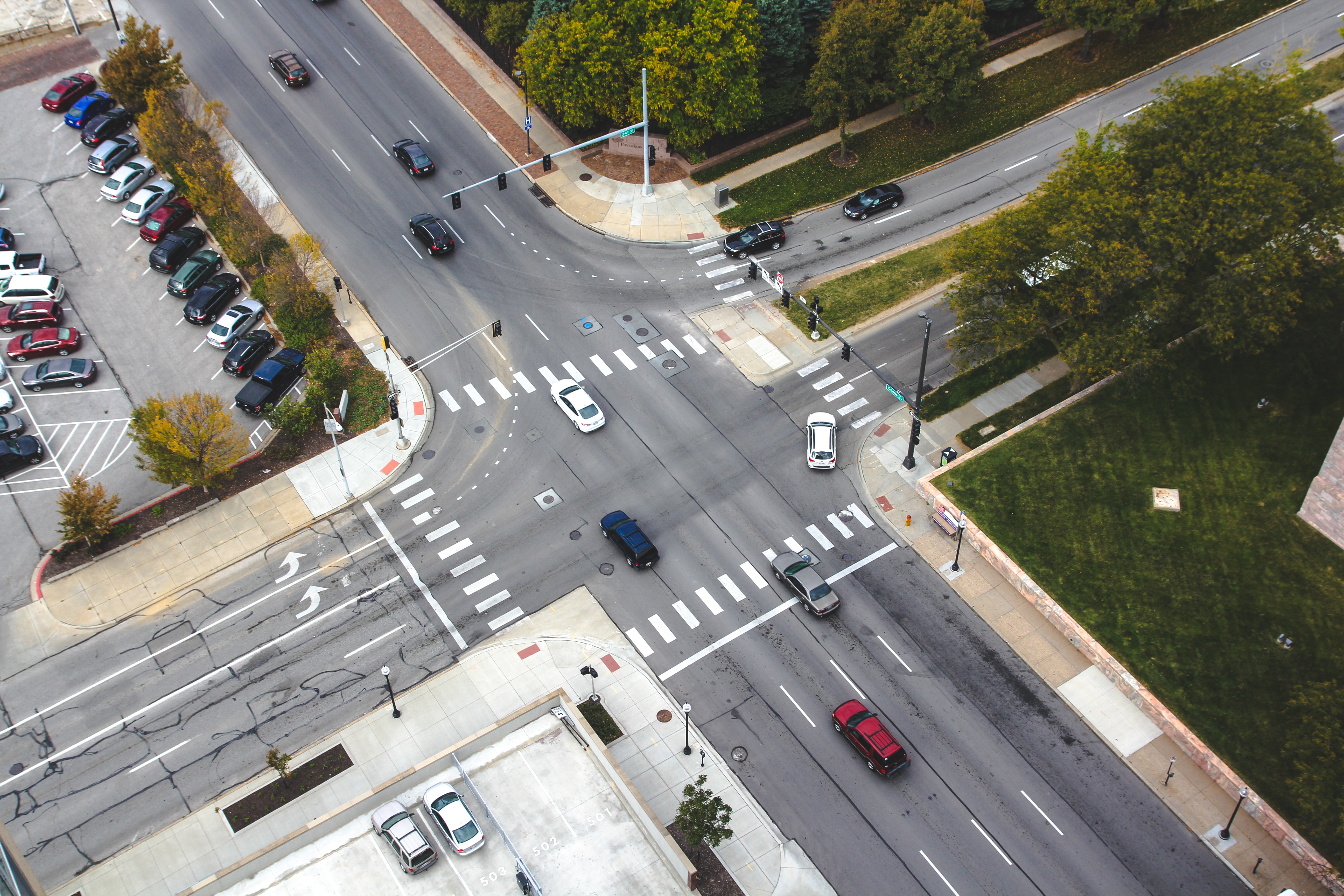A highly anticipated presentation by Ligado Networks to the nation’s leading satellite navigation experts took an unexpected turn when the company said it could not provide essential network information because it was looking to the government for technical direction and its business plans were still in flux.
A highly anticipated presentation by Ligado Networks to the nation’s leading satellite navigation experts took an unexpected turn when the company said it could not provide essential network information because it was looking to the government for technical direction and its business plans were still in flux.
The firm had been invited to address the National Space-Based Positioning, Navigation, and Timing (PNT) Advisory Board after Ligado CEO Doug Smith sent a letter to board Vice Chairman Brad Parkinson suggesting that questions about what the firm was proposing reflected “willful blindness” to the details available about the firm’s plans. The firm also questioned why Iridium, a competitor and critic, had been invited to speak before the board.
Smith had originally accepted the invitation to address the board’s fall meeting in Redondo Beach, California but, according to sources, the lineup was changed at the last minute. The presentation was given instead by Valerie Green, Ligado’s executive vice president and chief legal officer and a frequent representative in regulatory matters.
Though members of the board complimented Green for her articulate presentation they were disappointed at the lack of technical detail.
“In our letter to you we asked certain specifics,” said Parkinson. “In particular we asked for your operating configuration — not for those numbers which are subject to analysis and a heck of a lot of controversy, but instead the spacing, the density, the antenna types, the power levels and what propagation model you’re using to say that you’d have demonstrated the capability.”
The letter sent to Ligado also asked, Parkinson said, for information on the radius around the tower within which GPS receivers would be affected — an approach taken by the Department of Transportation (DoT) for its Adjacent Band Compatibility Assessment.
“I still don’t know what you’re proposing,” Parkinson told Green. “I see some numbers on a board but I do not see a statement on how you achieve those numbers because the probability is we are going to have a great argument over how the propagation works, how the multi-path works, how multiple towers work — and without that data we can’t get around to saying yes to you folks.”
“The propagation model, that is the appropriate propagation model to be used to evaluate whether or not the proposal that we currently have actually will protect GPS — that’s to be determined by the NTIA (National Telecommunications and Information Administration) and the FCC (Federal Communications Commission) who are the government agency experts on those sorts of things,” responded Green, who said the board might have input into that determination. “… I think that our sense is that the proper way to determine what is the right propagation model that should be applied to our proposal to see if it actually will do what we say is that the government should determine that.”
Also still to be determined, according to Green, is the number and distribution of the ground stations the firm will need to address its planned market. The firm hopes to provide Industrial Industry-of-Things connectivity to the manufacturing, natural resources, commercial transportation, supply management and utility industries.
“One of the things that we are focused on,” said Green, “is thinking about how to meet the needs of specific customers rather than just building and deploying a network and figuring out our theories on where it should go. We’re interested in meeting the specific needs of these industries — and their particular needs are emerging. So exactly how many towers we have will be determined by what our customers’ needs are. But it will be substantially lower than the number of towers necessary to build a nationwide network like the one that AT&T has, like the one that Verizon has or like the one that our predecessor proposed.”
It was also too soon to offer details on antenna types, she said. “I can tell you that the antennas will be developed to protect GPS, but in terms of where we are with that, it’s just too soon in the process to know exactly what the antenna will look like.”
FAA and Ligado
Some antenna characteristics were available, she said, based on the company’s work with the Federal Aviation Administration (FAA). That information included the antennas’ downtilt angle and the height of the antennas as well as how tall the towers would be.
“I think if you were to give us a representative high-density laydown of your towers — just in terms of a two dimensional, what kind of separation and maybe what kind of antenna height associated with that — we could use the antenna gain patterns from the FAA information and combine that with some of the testing results, including of some of the test results of the RTK receivers, in order to start getting a numerical handle on things,” said board member John Betz of MITRE.
That information is available in the FAA documentation, said Green, and the inter-site distance used in the FAA analysis was 433 meters between sites. “And as I said, the power levels were set to account for the aggregate effect of a network, right, so it isn’t just each tower individually it’s all of them all the way out to the horizon.”
Ken Alexander, chief scientific and technical advisor for satellite navigation systems at the FAA, who happened to be in the audience, described the agency’s analysis at the request of the board. He said the FAA had reached out to RTCA, its standards-setting body for both technical and operational inputs regarding Ligado Networks’ proposal. Those inputs, Alexander said, included their proposed assessment of the propagation models built upon earlier work done on the LightSquared proposal.
“The FAA assessed the maximum power level that would protect GPS use by certified aircraft receivers outside of a proposed assessment zone, he said. While GPS reception is not assured inside the zone, “the FAA-assessed maximum power level is consistent with the range of powers that Ms. Green has stated.”
Alexander said the FAA has not completed a comprehensive assessment of the potential operational effects of the proposed assessment zones on all certified aircraft receiver applications. They are continuing to review potential impacts to non-certified, fixed-wing, helicopter and GPS receiver applications for unmanned aircraft and the many other civil applications as part of the ongoing Adjacent Band Compatibility study”
“We (the FAA) have no agreement with Ligado Networks but we have assessed a number that will be in the DoT report that is within the range that she (Green) spoke to,” Alexander told Parkinson, noting again there was not an extensive operational assessment.
DoT’s Karen Van Dyke brief ly reviewed for the board the ABC Assessment results so far, having presented them at an earlier meeting. She noted that some high-precision receivers, which are a focus of concern for interference, could be impacted by a tower transmitting kilometers away.
Air Force Weighs In
The Air Force also spoke about the work they had done for the ABC Assessment including their participation in the planning and the testing they had done.
Though the results are classified, said Capt. Robyn Anderson, who is in GPS Spectrum Management at the GPS Directorate, the DoD test results support the conclusions briefed by the DoT and “we fully support and back those recommendations and encourage decisions to be made upon those data driven recommendations.”
The goal is not to prevent any type of innovation, said Anderson, but we cannot support innovation that will degrade GPS operations.
The Air Force also gave attendees a paper addressing the value of using a 1 decibel (dB) decrease in C/N0 as the appropriate interference protection criterion – that is a measurement intended to indicate when you are nearing a level of harmful interference as opposed to the level that causes harmful interference.
“So the Air Force does obviously support the 1 dB interference protection criteria,” Anderson said noting that by the time a military receiver experiences harmful interference it’s too late and the mission could be put at risk.
“When you’re talking about the framework of national security that to us is not acceptable at all,” Anderson said. “So our focus will continue to be on protecting the radio frequency environment instead of handpicking receivers and transferring the interference mitigation responsibility to the receiver manufacturers.”
NASCTN Controversy
Green answered a question about her characterization of the tests done by the National Advanced Spectrum and Communications Test Network (NASCTN) as showing that GPS operations could coexist with a Ligado network — an assertion made during her talk that has been said also in other forums.
“Although you referenced the NASCTN tests there,” said Betz, “I think it’s very important to understand what NASCTN itself said the objectives of that test were. And, as you know there were two objectives — one was to develop a test methodology and the other was to illustrate that test methodology. There was never an attempt to actually develop the definitive results that would lead to a compatibility assessment. And in fact, as you know, there were many comments that suggested things that could be done to make the test more comprehensive and lead to a compatibility assessment. They decided those were out of scope. So, I think it’s dangerous to list that as a test, with the implication that it leads to a compatibility assessment when that was not the specific intent.”
“I agree with you sir that it was not the specific intent,” Green said. “They did in fact develop a test methodology which, I happen to think is great and they did in fact do it (the testing). And as a result of that there was, in fact, data which our engineers interpreted. That’s what engineers do with data.” It was that interpretation, she indicated, that supported the assertion that GPS operators and Ligado could coexist
Signal expert Logan Scott followed a data-focused approach, using results from earlier tests to give a fuller picture of the NASCTN test results. In one example the data indicated high precision and RTK receivers with ordinary antennas would lose lock at about 8 kilometers from the interference source. Another example showed receivers performing better in the face of interference — suggesting, he said, based on his experience, false signal acquisition.
It’s All in the Details
In the end, the lack of technical specifics from Ligado played a role in the Advisory Board’s decision to draft a letter opposing allowing the firm to proceed under its modified concept of operations. Beyond the problem with being able to fully evaluate the plan there was concern about whether the proposed power levels would stay where they are and about interference with uncertified aviation receivers — including those to be used in the fast-growing drone industry.
The members broadly agreed, however, that should Ligado come back with a fleshed-out plan, one that addressed the interference concerns, then the Advisory Board should give them another opportunity.
“We’re a public board. We’re serving the taxpayer. If it’s an issue still on the table and we think it’s important to GPS — and they come in and say ‘Hey we got you this time. We’re really going to tell you’ — I think we’ve got to let them talk,” said Parkinson.
The letter is to go to the National Executive Committee or ExCom, the focal point for interagency decisions involving PNT. Comprising top leaders from across government the ExCom is co-chaired by the deputy secretaries of Defense and Transportation — Patrick Shanahan and Jeffrey Rosen, respectively. It is expected to meet sometime this January.
Though some Advisory Board members recused themselves all the remaining members voted to back the ExCom letter as outlined.
“The PNT Advisory Board strongly believes,” the draft said at the end of the meeting, “that approval of the new license modification application is not in the public interest and the proposed use should not be permitted. All members of the PNT Advisory Board who have not otherwise recused themselves are unanimous in this view.”





